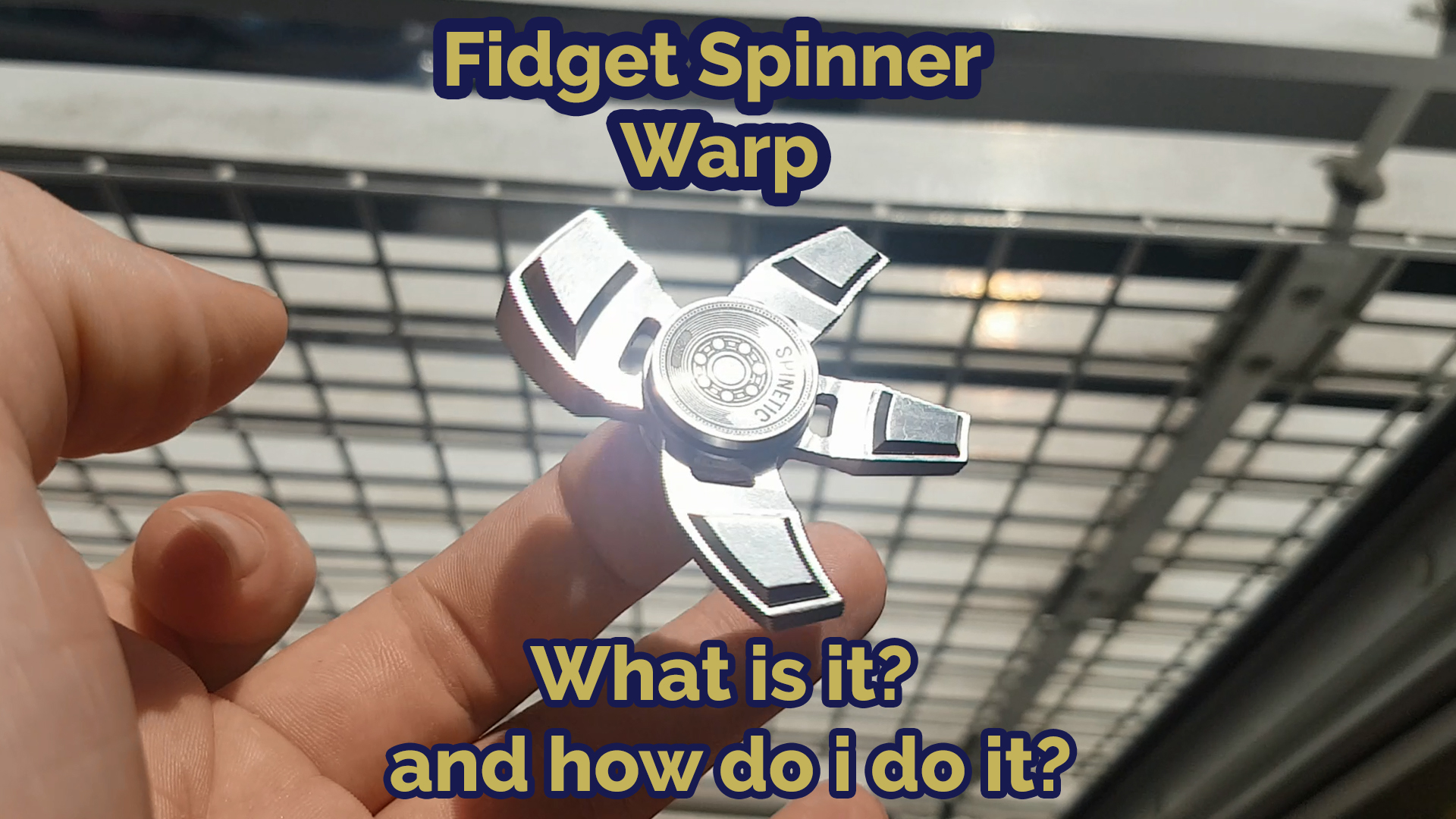

The length of the under lap is defined in terms of needle spaces. The second part of stitch formation is the length of yarn linking together the stitches and this is termed the underlap, which is formed by the lateral movement of the yarns across the needles. This movement wraps the yarn around the needle ready for the knock-over displacement. The diagram shows the path taken by the eyelet of one yarn guide traveling through the needle line, making a lateral overlap (shog) and making a return swing. This wrapping of the yarn is called an overlap. The first is the stitch itself, which is formed by wrapping the yarn around the needle and drawing it through the previously knitted loop. In this manner, a knitting needle often draws the new yarn loop through the knitted loop formed by another end of the yarn in the previous knitting cycle.Ī warp knitted structure is made up of two parts. In order to connect the stitches to form a fabric, the yarns are deflected laterally between the needles. In warp knitting, every knitting needle is supplied with at least one separate yarn. Warp knitting is defined as a stitch forming process in which the yarns are supplied to the knitting zone parallel to the selvedge of the fabric, i.e. Warp knitting can also be used to make pile fabrics often used for upholstery. Raschel machines are useful because they can process all yarn types in all forms (filament, staple, combed, carded, etc.). Two common types of warp knitting machines are the Tricot and Raschel machines.

The yarns are fed from warp beams to a row of needles extending across the width of the machine. The fabric is produced in sheet or flat form using one or more sets of warp yarns. The needles produce parallel rows of loops simultaneously that are interlocked in a zigzag pattern. Warp knitting differs from weft knitting in that each needle loops its own thread. Heddles can be a rotating stick that has grooves for the warp threads, or wires & strings that pull on the warp threads to separate, or a rigid heddle that is a single piece with slots that either pull the warp threads up or down to create the shed.Warp knitting represents the fastest method of producing fabric from yarns. To do this each warp thread is passed through the heddle, so that the heddle can be used to separate the warp threads as the weaver works. Heddle: This works with the loom to create a shed in the warp threads. Some frame looms come with a rotating heddle to create the shed. When using a frame loom, a shed stick can be woven between the warp threads then turned on it’s side to create the shed between the warp threads. Creating a shed between your warp threads speeds up your weaving. Shed: This is the separation of the warp threads that creates upper and lower warp sets that you pass the weft thread through. Weft thread: This is the thread that you weave between the warp threads, creating your patterns and structure in the weave. Warp thread: This is the thread that is strung over the loom vertically, and holds the tension while you weave. There are also circular looms that allow the user to weave in a circle. The looms that I work with are frame looms, which means their structure is a very simple frame shaped like a square or rectangle. From the extremely large floor model looms down to small handheld looms. Looms can vary largely in shape and size.


Once your weave is complete, you will cut it off the loom and your weave will have it’s own structure. Loom: A loom is the structure that you use to give your weave support and tension as you work. If you’re new to weaving, some of the terminology might be confusing at first, so here are some of the important terms:


 0 kommentar(er)
0 kommentar(er)
